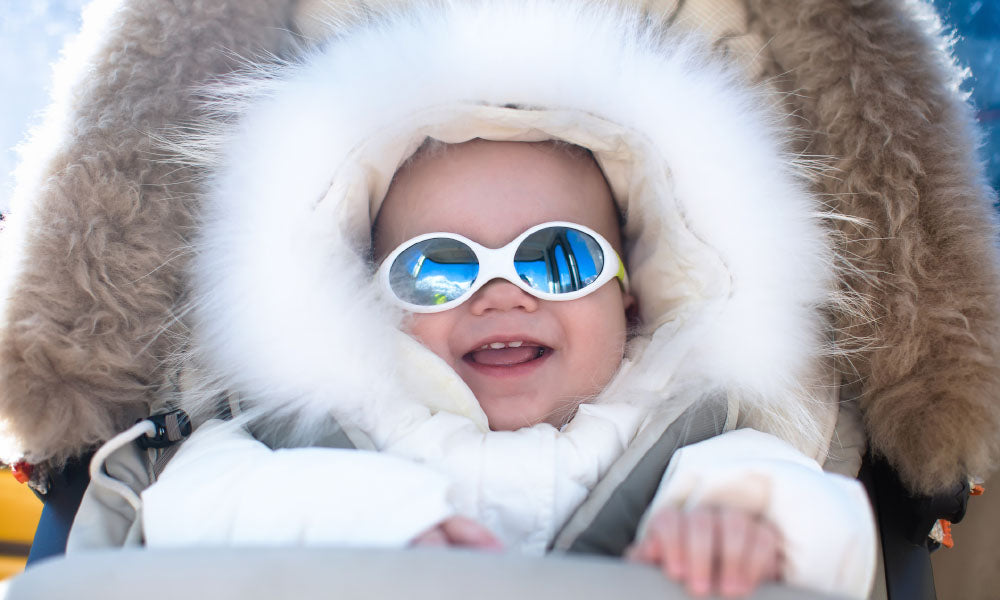I just returned from an exhilarating dragon expedition.
After picking up my children from their Swedish preschool, my son frantically dragged me to the woods they had explored earlier in the day, eager to show me what they had discovered. We came upon the "dragon" quickly enough and to my eyes it was an old, felled tree but to my five-year-old son and two-year-old daughter, it was a massive, dangerous, and scaly sleeping dragon. In Sweden, 80% of children between the ages of one to five years, attend daycare that promotes, play napping and eating meals outdoors. There are also some preschools that have no physical building as all of their learning occurs outdoors in nature's classroom. Conversely, in a recent cross-sectional study with a U.S. nationally representative sample, 44% of mothers and 24% of fathers reported taking their preschool-aged child outside to play at least once per day. Fifty-eight percent of children who were not in childcare went outside daily. (2) When we first moved to Sweden, I was surprised to see lines of children holding hands in pairs, trudging through a snowstorm, wearing neon orange vests with only two or three adults accompanying the group. They were walking to the nearest playground in the middle of winter without a care in the world.Outdoor play offers not only physical benefits like increased balance, endurance, and hand-eye coordination but has also shown to improve cognitive and social/emotional development.
But are Scandinavian children that much tougher than U.S. kids because they play outside all of the time? No, my children dislike rainy weather as much any kid. However, they do have specific advantages over children who spend more time indoors. Outdoor play offers not only physical benefits like increased balance, endurance, and hand-eye coordination but has also shown to improve cognitive and social/emotional development. When outdoors, children are more likely to invent games and understand why rules are necessary (3) something that does not happen when playing a pre-programmed game on a tablet or the computer. Swedish daycares also teach children all about edible and inedible plants, mushrooms, and berries. (Mushroom and berry picking is a large part of their culture.) One day, my son bent down and plucked a green stalk from the ground and offered it to me saying, "It's good to eat, Mama." I took a bite and lo and behold it was a stalk of green onion. My kid knows botany better than I do and I studied the biology of plants at my university.
Here are five steps to help you raise your own little Viking through outdoor play:
1. Be creative and the world becomes magical
Even the most familiar and mundane playground can become an entryway to another world if you encourage your child's creativity. That's not a slide, it's an elephant's trunk. That swing is hanging above a deep ocean, and we need to keep out of the dangerous sharks' reach. Parents have the hardest time diving into this imaginary world, but that's our limitation, not our children's. See the trees as dragons, a flowing stream as a raging river requiring bravery to cross, and fairies living in the nooks of every tree. Unlock your child's creativity by reviving your own.
2. Clothing makes a huge difference
Scandinavians love to quote, "There's no such thing as bad weather, only inappropriate clothing" by Sir Ranulph Fiennes and I chant that every winter morning as I pull on layers upon layers of clothing onto my wiggly kids before heading out into the snow. Buying new sets of outdoor clothing will be expensive, it always is, but life outdoors is much more enjoyable when you are warm and dry. I shop secondhand stores regularly and scour local Facebook groups for cheap deals on rain boots, gloves, hats, jackets, snow pants, and whatever else I can find. When your children are in the routine of going outside every day in horrible weather, it is a real joy to be outside when the weather is nice. Likewise in warmer seasons, stock up on brimmed hats, sunscreen, and reusable water bottles. Don't forget that you, as the parent/leader of these adventures, also need to be suitably dressed. You won't last long on a dragon hunt if you are cold or uncomfortable. Dressing improperly for the weather can lead to tears, exhaustion, and a bad experience for both children and parents alike.
3. Find a green space and explore it thoroughly
Purchase a field guide with local plants and animals and take your kids on a scavenger hunt where you look for particular birds or flowers in your backyard or neighborhood. It's all about the thrill of the chase and before you know it, your children will be discovering things you normally wouldn't notice. For younger children, have them search for ladybugs, beetles, and other things that are at their lower height level for maximum success. Ask questions about how the animals move, what they look like, what they eat, and where they are headed? You don't have to have all of the answers to ask all of the questions (something you should've learned by now from your children).
4. Incorporate the seasons into play
If you live in a place that has distinct seasons, it can be fun to teach your children the signs that the next season is approaching. Slugs and snails appear in the spring and sunset times creep earlier in the winter. Embrace each season with specific activities that get everyone outside regardless of the weather. In the winter, take water-based paints and paint in the snow. In the fall, collect leaves, add paint and make a leaf print collage. In the spring, weave together wildflowers for a fashionable headband, or find and name your neighborhood snails. (Snail races aren't as exciting as you might expect.) In the summer, "paint" dry surfaces with brushes and buckets of water. When in doubt, you can always refer to Pinterest for endless ideas.
5. Release your inner child and forgive your own
Enjoyable time outdoors means that you may need to act like a kid yourself in order to unleash your child's inhibitions. Forget about the endless laundry piling up at home and encourage them to get muddy, throw sticks, and splash in puddles. How else is your child going to learn that s/he is a master chef of dirt cakes, cookies, and pies? Stock up on laundry soap and don't look back. If you employ each of these five steps, I'm confident that your child's confidence, physical capabilities, and imagination will significantly improve. Going outside won't be seen as a punishment but an opportunity for a great adventure. The lessons and memories you will build together through unstructured play will make your child a little more Viking-ish and will get the whole family enjoying the outdoors in all types of weather.



